Category: biotech/medical – Page 2,390
10 Companies Using Robotics to Disrupt the Agriculture Industry
Robotics technology continues to propel itself forward at an incredible rate. Robots have streamlined automated production, reducing worker injuries and manufacturing defects; in the health, sector robots perform precise, minimally invasive surgeries speeding recovery time and allowing surgeons to perform operations beyond their natural abilities. Now, robotic systems are moving past these stationary roles and finding their way into the agricultural fields around the world. These nimble, autonomous systems are poised to transform farming in an amazing way. Standing at the forefront of this inherent metamorphosis are 10 companies revolutionizing robotics in agriculture.
With a handful of awards in 2017, including being named one of the world’s most innovative robotics companies by Fast Company, Blue River Technology is redefining agriculture through their use of robotics.

Can art be effective medicine for treatment of mental and physical illness?
Yes! In this video with my dear friend, artist Nicholas Wilton, I review the scientific data linking creativity and disease remission from Mind Over Medicine. Plus, Nick reads the quote he wrote in Brene Brown’s Daring Greatly about art-making as treatment for perfectionism. If you or someone you love has been hoping to become a “health outlier” who experiences a better than usual outcome from a health struggle, or if you just love art and want to improve your art-making as part of your prescription for optimal health and a vital, fully expressed life, we hope this will offer you inspiration—and a few medicinal laughs! (As an OB/GYN, I couldn’t resist drawing the female reproductive systems when we got to the art-making part.)
Nick will be teaching a wonderful free online art class ART 2 LIFE that starts on Valentine’s Day, so give yourself this gift of your love of art-making. You can sign up for the free course here. https://share.tellafrienda2l.com/a/a2lworkshop/LissaR
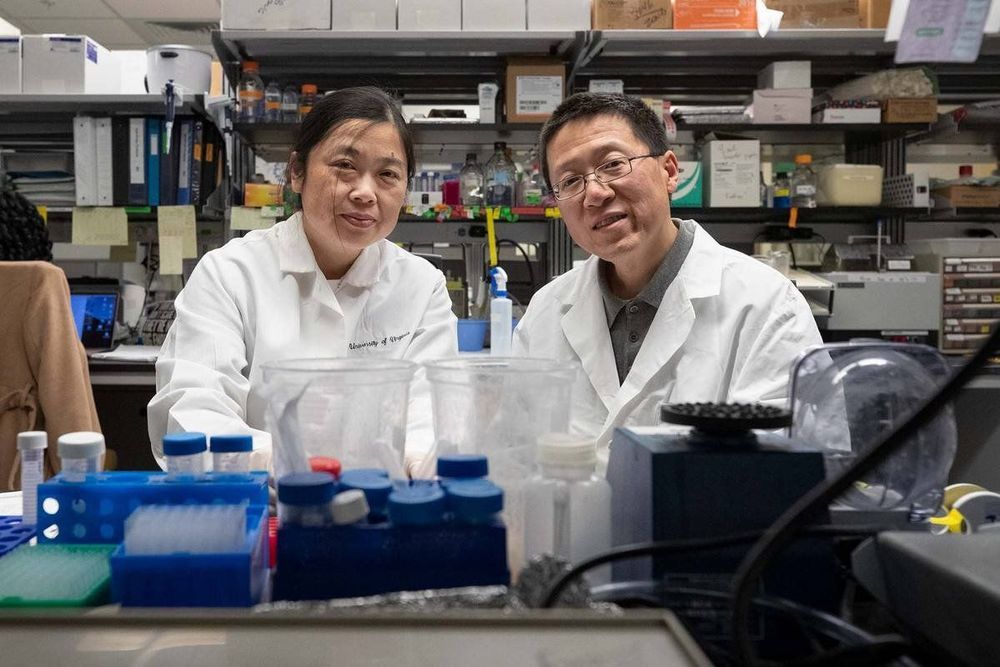
Childhood brain tumor discovery may unlock new treatments for many cancers
“” This cancer seems simple. Basically, it has been known for many years it is just one type of cells that proliferate out of control,” Zong said. “However, we noticed an interesting paradox. While tumor cells grow really fast in the body, they grow poorly and only for a limited time when we take them out and put them in a [lab] dish. So we suspected some other cells may be in play.”
His investigation of that suspicion turned science’s understanding of medulloblastoma on its head. Using an innovative model of the disease, Zong and his team marked tumor cells so that they would appear green. That led to the first surprise: While all other cell types outside the tumor are colorless, a cell type called astrocyte appeared green, which never happens in normal brain regions.
“Astrocyte actually has been linked to poor prognosis of medulloblastoma, but nobody has ever suspected its origin, since the cell of origin for medulloblastoma normally never gives rise to astrocytes. The fact that tumor-associated astrocytes share the same color with tumor cells suggests that they actually come from tumor cells,” he said. “So some tumor cells basically completely change their identity to make a separate cell type.”
That was a shocker on its own. But it proved to be just the beginning of a complex process that nurtures the growth of this “simple” cancer.”
A surprising discovery about a rare form of childhood brain cancer suggests a new treatment approach for that cancer—and potentially many others.
Researchers at the University of Virginia School of Medicine have determined that the supposedly simple cancer, called medulloblastoma, forms an unexpectedly intricate network to drive its growth. Some tumor cells actually turn into another type of cell altogether. The discovery raises the exciting possibility that doctors may be able to intervene to stop the disease—and possibly other cancers as well.
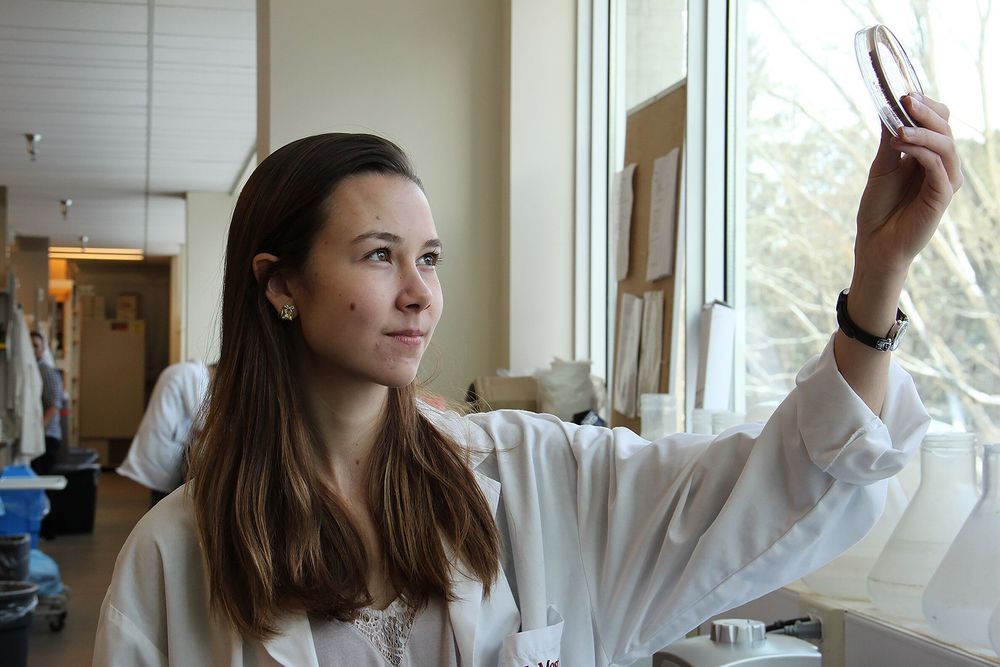
Antibiotics discovered that kill bacteria in a new way
A new group of antibiotics with a unique approach to attacking bacteria has been discovered, making it a promising clinical candidate in the fight against antimicrobial resistance.
The newly-found corbomycin and the lesser-known complestatin have a never-before-seen way to kill bacteria, which is achieved by blocking the function of the bacterial cell wall. The discovery comes from a family of antibiotics called glycopeptides that are produced by soil bacteria.
The researchers also demonstrated in mice that these new antibiotics can block infections caused by the drug resistant Staphylococcus aureus which is a group of bacteria that can cause many serious infections.
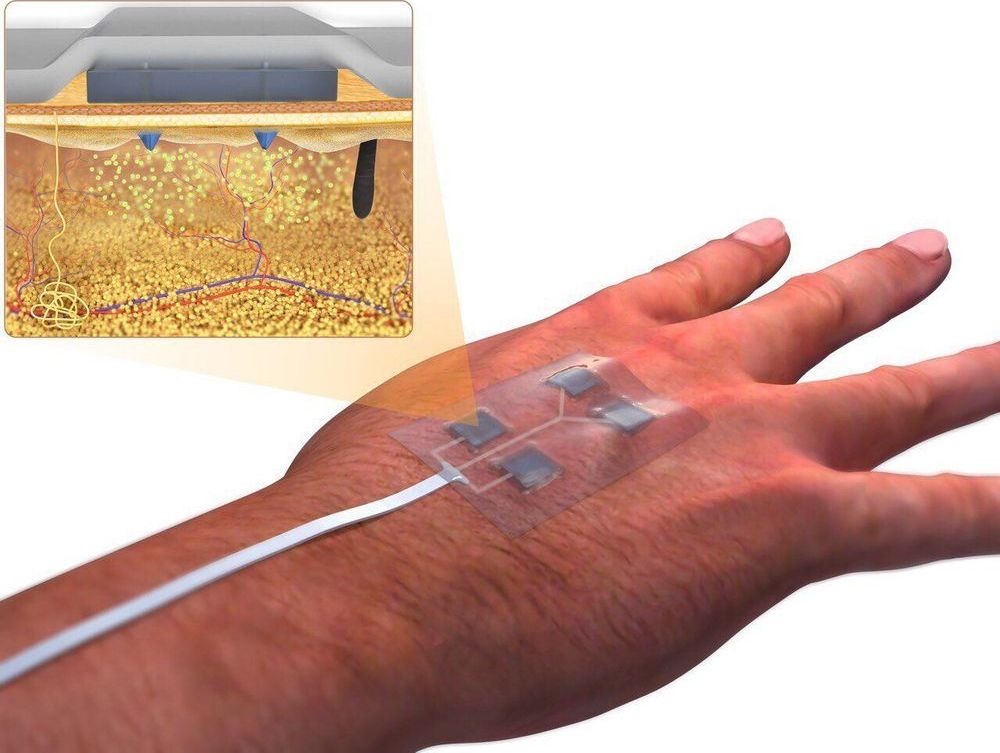
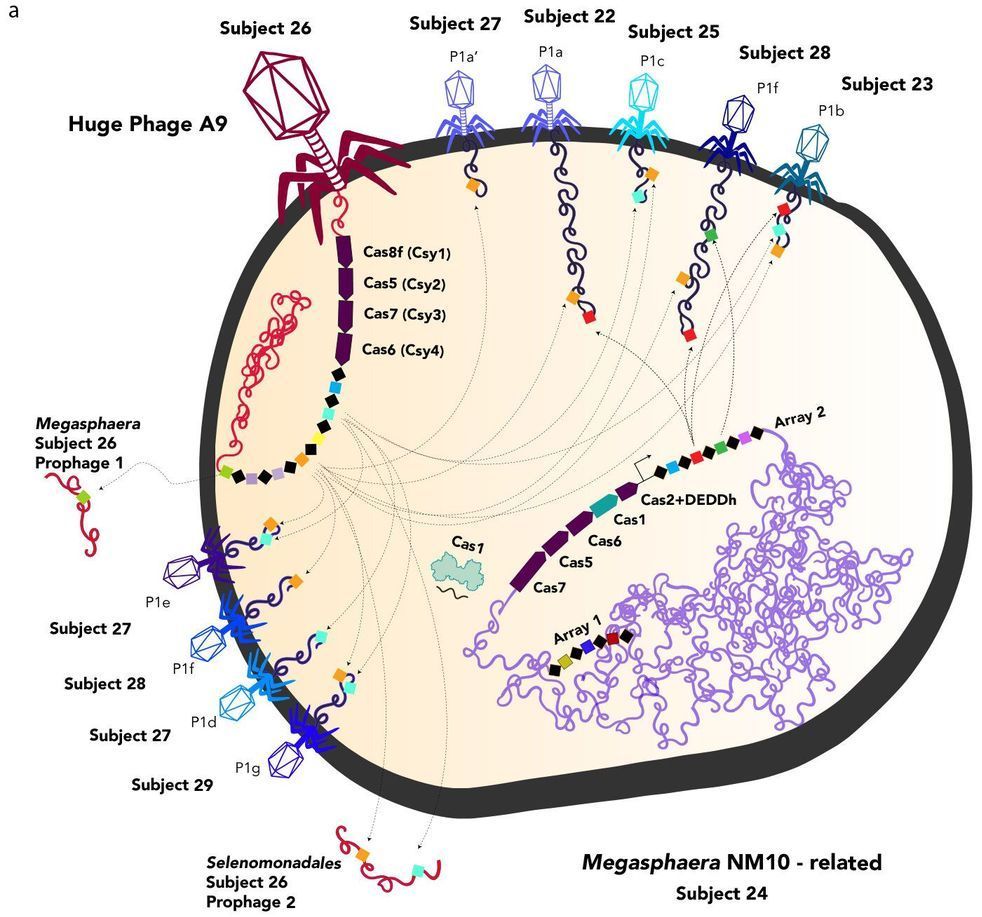
Huge bacteria-eating viruses close gap between life and non-life
Scientists have discovered hundreds of unusually large, bacteria-killing viruses with capabilities normally associated with living organisms, blurring the line between living microbes and viral machines.
These phages—short for bacteriophages, so-called because they “eat” bacteria—are of a size and complexity considered typical of life, carry numerous genes normally found in bacteria and use these genes against their bacterial hosts.
University of California, Berkeley, researchers and their collaborators found these huge phages by scouring a large database of DNA that they generated from nearly 30 different Earth environments, ranging from the guts of premature infants and pregnant women to a Tibetan hot spring, a South African bioreactor, hospital rooms, oceans, lakes and deep underground.
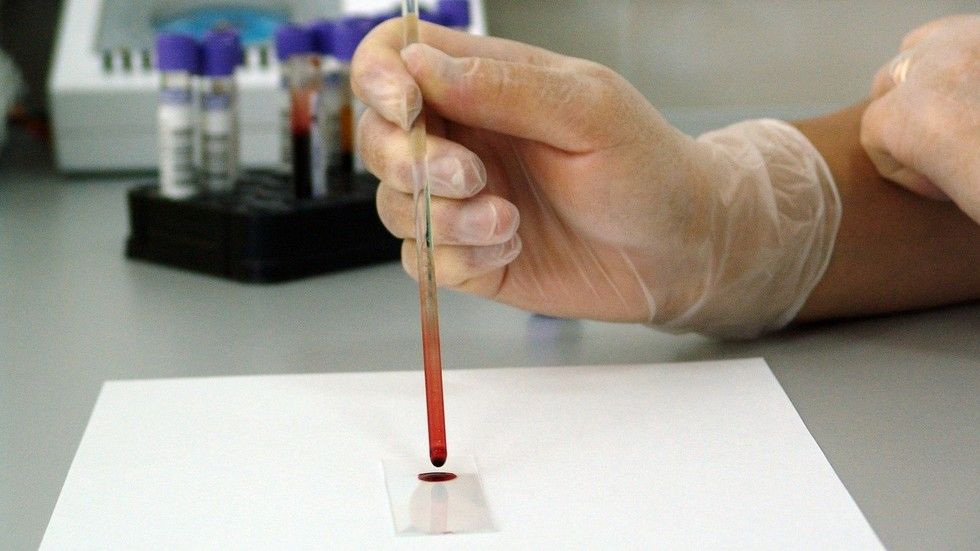
New nanosensor can detect cancer from a SINGLE DROP of blood
Researchers in the Netherlands have developed an incredibly accurate nanosensor which can detect metastatic cancer cells from just a single drop of blood in a major breakthrough for early detection and treatment of the disease.
PhD students Dilu Mathew from University of Twente and Pepijn Beekman from Wageningen University pooled their resources and developed a tiny system to detect tumor-derived extracellular vesicles (tdEVs), a particular type of cancer biomarker.
Their nanosensor is so sensitive it can detect cancer biomarkers on a broad spectrum of concentrations from 10 particles per microliter to 1 million particles per microliter, thanks to its incredibly small and delicate electrodes, shaped like two combs facing each other, with a gap of just 120 nanometers between them.
LifeXtenShow – Loss of Proteostasis
Lifespan.io
On this informative episode of X10, Giuliano explains proteins and how they misfold, causing the hallmark of aging known as loss of proteostasis- which leads to Alzheimer’s disease and other dangerous diseases.